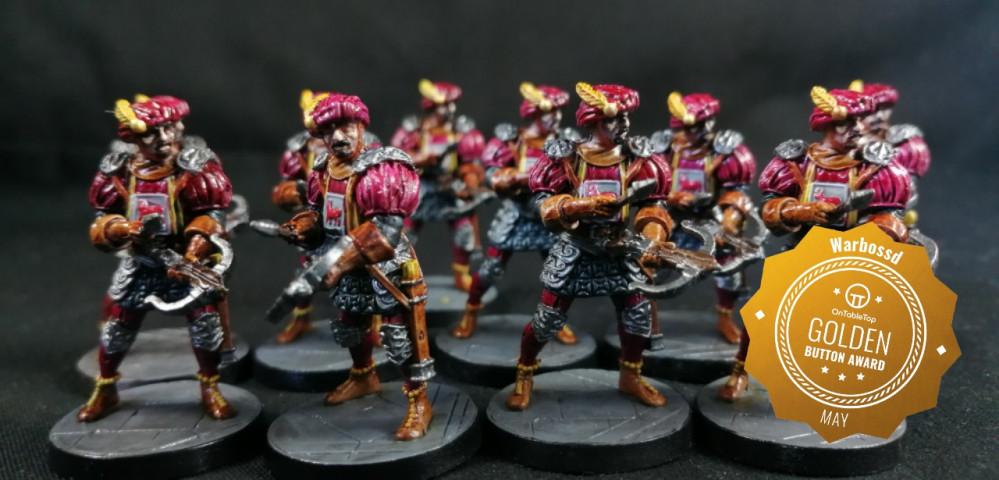
Assassin's Creed Brotherhood of Venice
The first models
Project planning
Assassin’s Creed Brotherhood of Venice is a colossal board game with well over a hundred miniatures in the core game alone.
These sort of projects are always intimidating and frankly a little soul destroying to the unprepared so before doing anything I had a quick look at the mission guide.
To play the first mission I need Apprentice Assassin’s (at least 2), Fast Travel Stations and Crossbowmen, so this is what I will attack first.
As many of the models are repeated sculpts, I wanted to do batch painting as much as possible. So, even though I only need 4 or so Crossbowmen at first, I will paint all of the similar sculpts in one go regardless.
I set aside all 4 apprentice Assassin’s (2 male, 2 female), all 3 fast travel stations and 10 of the crossbowmen (all the same sculpt) to paint first.
I have been looking at the new Army Painter speed paints with interest and have liked some of the images I have seen from online reviewers and so I bought myself the Mega Paint set to do this project with.
These translucent paints (a la Citadel Contrast) are a new thing for me and so I figured a board game project was a good way to ‘test’ them out. If I wasn’t 100% happy with the results I would be more content living with the results than if it were a wargaming army project.
The models are nice enough but the quality is certainly not up to Games Workshop standards. Made from PVC, the details are a little ‘soft’ and the mould lines in places are terrible.
Still after a bit of work I got all my first wave of models ready for priming.
The Crossbowmen
As I was going to be using Army Painter Speed Paints (APSP) on these models I wanted to do a zenithal prime underneath to enhance the shading effect of the paints.
Using my airbrush I painted all 10 models with Vallejo Back Primer then did a zenithal with Liquitex Titanium White Ink.
I searched online for some images of the in game assets from the Assassin’s Creed Brotherhood of Venice Computer game and decided to use these as a basic template for painting my models.
First of all I began applying the Speed Paint colours to the models.
Face – APSP Crusader Skin.
Note: I did not like the colour of this paint at all. It may have been an issue with the zenithal highlight as the overhanging hat brims on the models had left the face details very dark. The faces would need attention later for sure.
Hat, leggings, shoulder ruffs, rear panel of tabard – APSP Slaughter Red
Gloves, Collar, Belt, Kneepad straps, Quiver and straps, Leather jerkin, Shoes – APSP Hardened Leather
Note: This paint seemed very thin and didn’t produce a consistent colour when applied. It may have been my inexperience with the paints, but only time will tell.
Tabard front panel – APSP Holy White
Note: The speed paints behave a bit like oil washes and they exhibit a strong capillary action drawing themselves away from the brush into grooves, edges and details on the model. This makes it almost impossible to use them for painting very small details like the animal and bar design on the crossbowmen’s tabards. It was clear that I would have to paint some of the finer details like straps and such with standard acrylic paints unless I wanted to paint large areas of the model a single colour.
Crossbow Stock, quarrel shaft – APSP Dark Wood
Padded skirt, lower sleeves – APSP Grim Black
Feather on hat, quarrel fletching in quiver, boot details – APSP Zealot Yellow
This completed all of the work I felt I was able to do with speed paints. I have seen many on the internet use Speed Paint greys for metals but I’m sure this is for product demonstration purposes only as I think it looks pretty awful. I will be using Vallejo Model Color (VMC) metallic paints on my models.
Button on hat – VMC Gold
Armour plates, Quarrel head, Crossbow metalwork, Quiver fittings – VMC Gunmetal Grey
Shoulder armour Straps – VMC Red Leather
Piping edges of tabards – VMC Flat Yellow
Tabard insignia horse(?) – VMC Flat Red
Tabard insignia bar, beards – VMC Black
Face highlights – VMC Basic Skintone
With the painting complete I applied VMC Neutral grey over the paved texture on the bases and then applied a Citadel Nuln Oil wash over the whole base.
The bases were edged in VMC Black before a generous coat of spray varnish was applied to protect these board game pieces.
Some thoughts on Army Painter Speed Paints
The Army Painter Speed Paints are a fine product and I feel I can get better results with practice as I will learn more about how they behave on models.
They obviously have their limitations and are difficult to control when painting fine details.
I am not convinced they suit beginner painters well as they require a very precise placement to produce clean results. On a couple of occasions I got Grim Black on the gloves where I was later applying Hardened Leather and the darker patches are very visible under the Hardened Leather. I attempted to cover the Grim Black with Vallejo Model Color White and the black did reactivate, even 24 hours later, tinting the white paint a grey colour. This wasn’t a massive problem as the Hardened Leather was able to obscure this slight greyness easily, where it could not cover the Grim Black. If a painter lacks good brush control they are likely to spend considerable time on ‘clean up’ or have messy looking models, which may prove disheartening.
One other concern I have, is the ‘speed’ part of the products name. I am a very experienced painter and I am sure I can lay down down crisp clean base coats on a model using standard acrylic paints and then slap Citadel’s Agrax Earthshade (or a similar wash) over the whole mini in the same time, or quicker, than using ‘speed’ paints. Omitting any highlight step would be how I would have previously tackled a speed paint project.
The main difference here is that my ‘old school’ speed painting method produces good base colours and shadows but poor highlights and less vibrant colours overall. The Army Painter Speed Paints will produce more contrast on highlight areas and brighter colours overall. So depending on your preference for the final look of your models I could not recommend these paints on the basis of the ‘speed’ argument alone.





























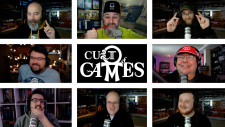

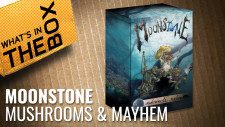
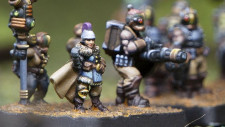
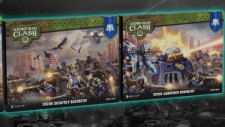
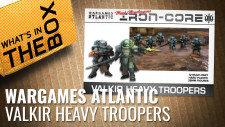

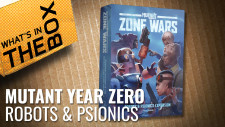




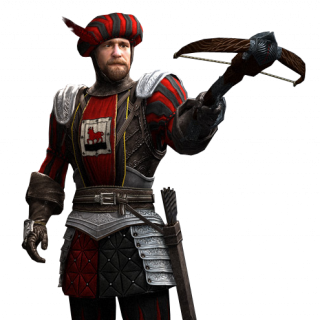

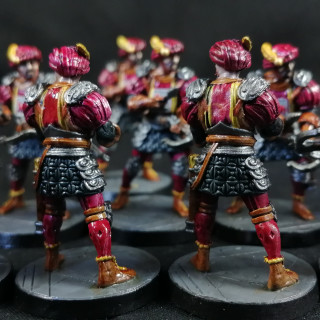
















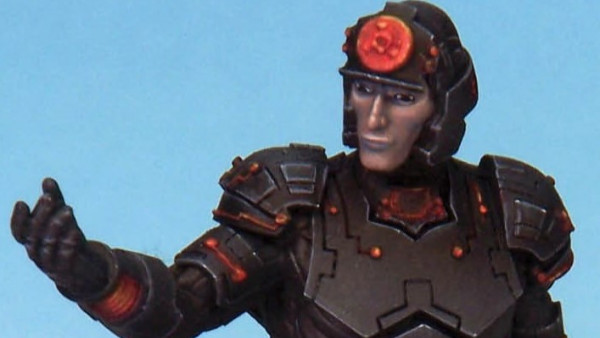
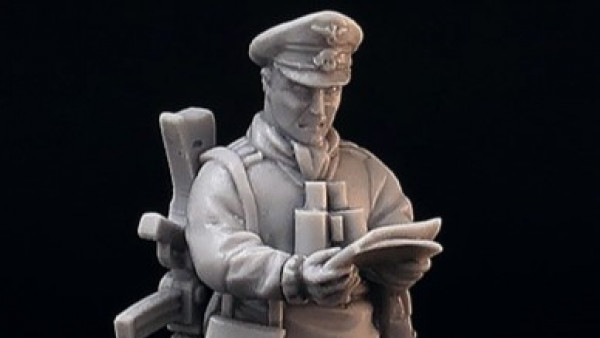

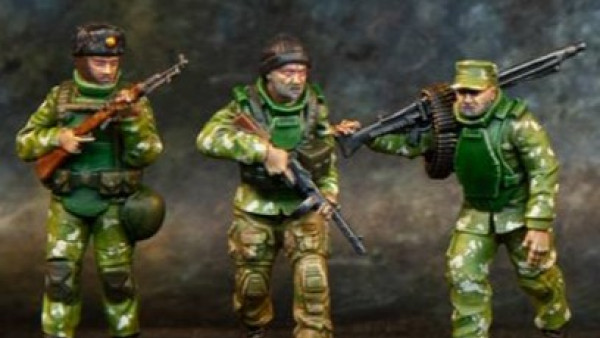
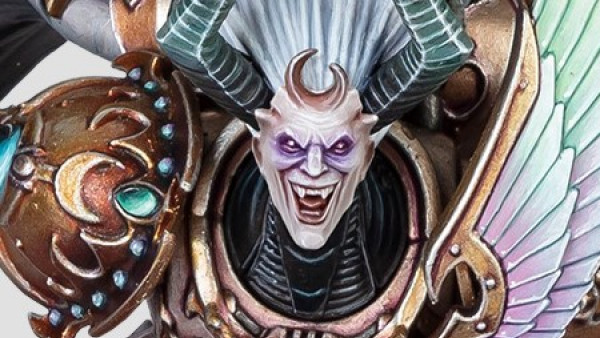



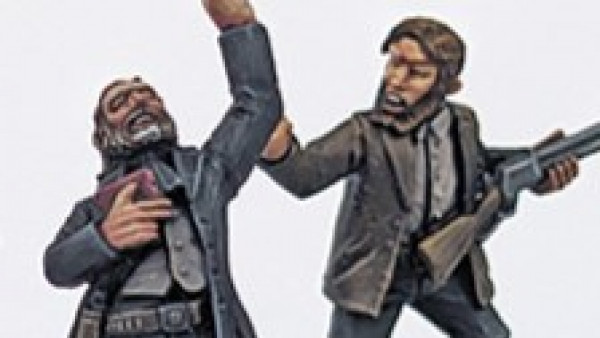
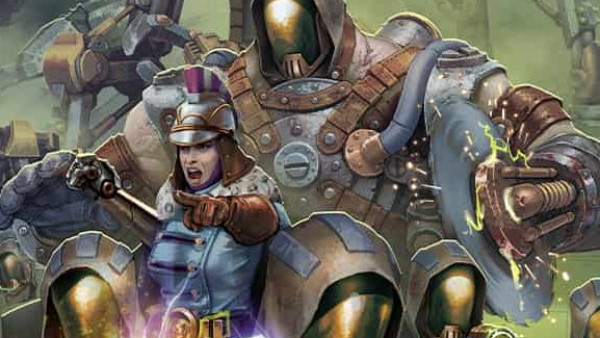


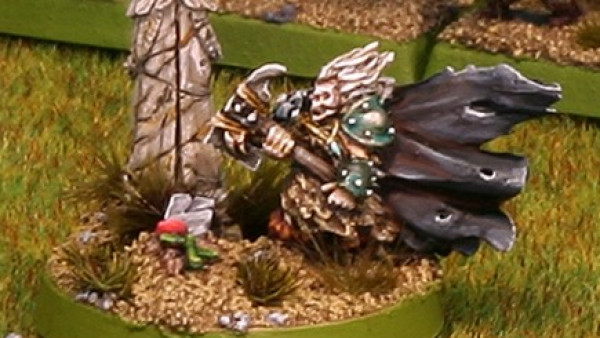
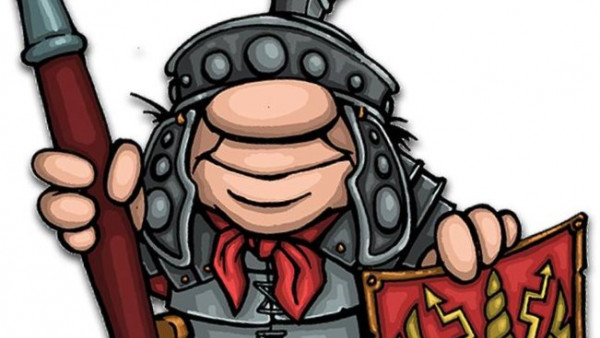
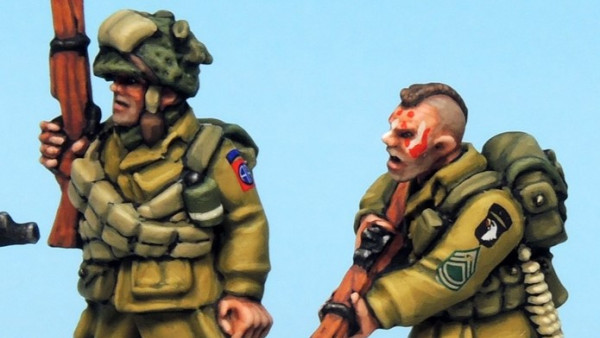
Leave a Reply